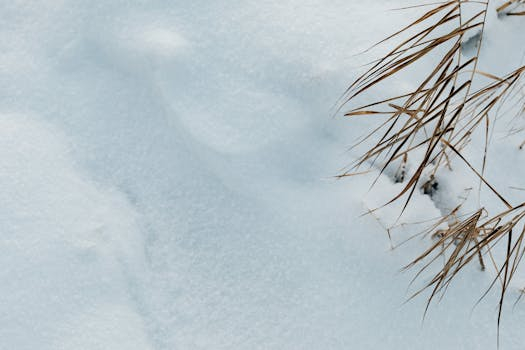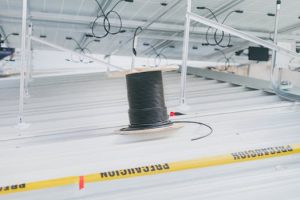Ice Dams 101: Preventing Winter’s Silent Roof Destroyer
As the winter season approaches, homeowners must start preparing their homes for harsh weather conditions. One of the most common and destructive winter problems that homeowners face is ice dams. These sneaky formations can wreak havoc on your roof, causing costly damages and repairs. In this article, we will explore everything you need to know about ice dams and how to prevent them from destroying your roof.
The Basics of Ice Dams
Ice dams are formed when the snow on your roof melts due to the warmth in your home. The snowmelt then flows down to the colder eaves, where it refreezes, forming a dam. As the process continues, the water backs up and can seep into your home, causing significant damage to your roof, walls, and insulation. The longer the ice dams remain, the more damage they can cause. Therefore, it is crucial to prevent ice dams from forming in the first place. Let’s take a closer look at how to do that.
The Importance of Proper Insulation and Ventilation
The key to preventing ice dams is to keep your attic and roof cold. This can be achieved through proper insulation and ventilation. Insulation keeps the warm air in your home from melting the snow on your roof. It also acts as a barrier, preventing warm air from escaping to the attic. It is essential to have at least 12 inches of insulation in your attic for optimum protection. Ventilation, on the other hand, allows the cold air to flow in and out of your attic, keeping the temperature consistent and preventing the snow from melting.
Clear Your Gutters and Downspouts
Another crucial step in preventing ice dams is keeping your gutters and downspouts clear. If there is debris and clogs in your gutters, it can prevent proper drainage and lead to the formation of ice dams. Regularly clean your gutters and downspouts to ensure that the water is flowing freely, away from your home.
What to Do If You Already Have Ice Dams?
If you notice that ice dams have already formed on your roof, there are a few steps you can take to minimize the damage. Firstly, do not attempt to remove the ice yourself as it can be dangerous. It is best to hire a professional to remove the ice safely. In the meantime, you can use a roof rake to remove the snow from the roof’s edge and prevent more water from flowing into your home. You can also melt the ice dams using calcium chloride ice melt. However, be careful not to use rock salt as it can damage your roof.
Other Preventative Measures
In addition to proper insulation, ventilation, and gutter maintenance, there are a few other preventative measures you can take to protect your roof from ice dams. These include installing a heat tracing system, which prevents the snow from melting and refreezing on your roof. You can also use a roof coating to keep the snow from sticking to your roof and reducing the risk of ice dams.
Conclusion
Ice dams can cause significant damage to your home and lead to costly repairs. Therefore, it is crucial to take the necessary steps to prevent them from forming in the first place. Proper insulation and ventilation, regular gutter maintenance, and other preventative measures can help protect your roof from ice dams. If you already have ice dams, do not attempt to remove them yourself and instead hire a professional for safe removal. By following these tips, you can avoid the nightmare of winter’s silent roof destroyer, the ice dam. Stay warm and safe this winter season!









